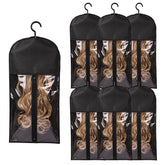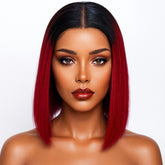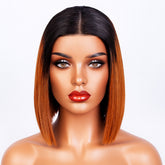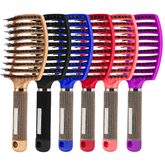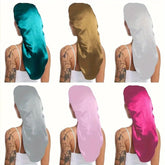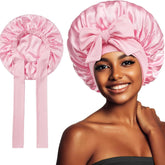The Cultural and Social Impact of Beards Through History
Beards have gone in and out of style over the centuries, but their cultural and societal symbolism has remained rich and complex. From ancient civilisations to modern runways, facial hair has represented everything from wisdom and masculinity to rebellion and style. In recent years, a resurgence of bearded fashion has again placed facial hair in the limelight—especially the often-favoured dark stubble. This article delves into the evolving role of beards through history and their social impact today.
Beards Through the Ages
The cultural meaning of facial hair has varied tremendously depending on time and geography. In ancient Greece, philosophers such as Socrates and Plato wore beards as symbols of wisdom and intellectual virtue. Beards were more than a style—they were statements. Similarly, in early Roman history, beards signified prosperity and honour until Emperor Augustus popularised being clean-shaven as a sign of Roman civility.
During the Middle Ages, European men grew beards as a mark of honour and masculinity. To cut another man's beard could be considered a direct insult. By contrast, in the Renaissance and Enlightenment eras, shaving became popular again as a symbol of modernity and refinement.
The Civil War and Victorian Eras
In the 19th century, especially during the American Civil War, beards came roaring back. Figures like President Abraham Lincoln sported full beards, inspired by public opinion and changing aesthetics. Victorian men often wore facial hair to portray confidence, moral seriousness, and patriarchal authority, reflecting societal values of the time.
Yet, as industrialisation progressed and hygiene standards increased, many professionals and military personnel began shaving to maintain a cleaner appearance. The early 20th century, influenced by World War I protocols and gas mask requirements, saw a decline in facial hair.
The 21st Century Beard Resurgence
Today, we are in the midst of another facial hair revival. Modern beard styles are diverse—ranging from heavy stubble to fully groomed beards—and are often seen as expressive and fashionable. This renaissance is supported by grooming products, barbershop innovations, and even psychological studies.
Polling and behavioural research in the last decade suggest that women often find men with dark stubble more attractive. Psychologists speculate this preference may be tied to perceptions of maturity, strength, and health. Meanwhile, beard culture has grown into a lifestyle movement, with social media amplifying styles and self-care routines.
Popular Beard Styles Today
- Stubble: Often viewed as effortlessly masculine and stylish.
- Full beard: Popular among older demographics or style-conscious professionals.
- Goatee: Maintains its place as a refined and creative look.
- Van Dyke: A nod to heritage and high-concept style.
- Clean-shaven: Still commonly preferred in formal or high-corporate environments.
Why It Matters
Understanding the social and historical context of beards provides more than grooming insight—it informs our understanding of evolving masculinity, self-expression, and cultural values. Beards are no longer just a fashion choice; they serve as a conversation between past and present identities. As grooming trends continue to change, they reflect deeper shifts in how we perceive autonomy, beauty, and individuality.
Whether you’re considering growing a beard or simply fascinated by its role in society, the story of facial hair is etched into our collective history and modern expression alike.
Inspired to update your grooming routine? Explore our curated collection of premium beard oils, trimmers and styling guides to help you find your perfect facial hair style.
Originally published via Cape Cod Times. Published on 2 November 2025. Updated 2 November 2025.

